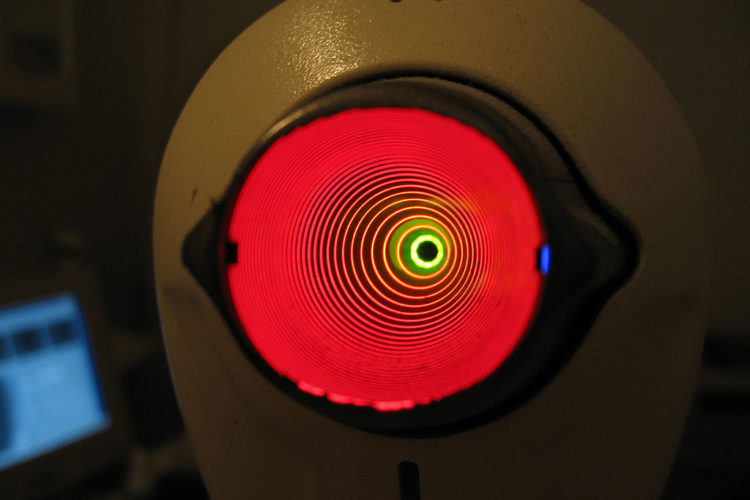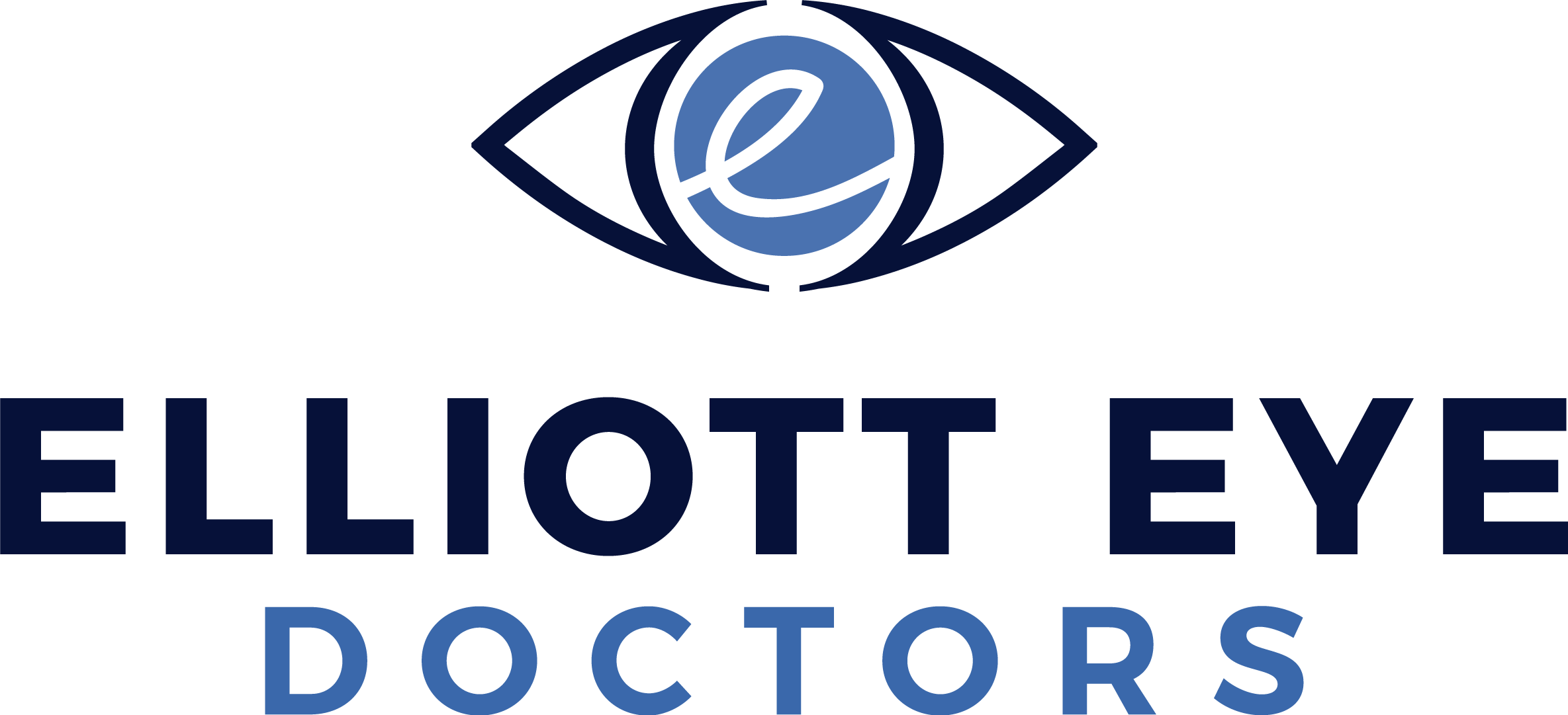Visual Conditions
There are many different types of visual conditions that could be affecting your eyesight. The most common causes of impaired vision, along with many other vision impairments, are treated with care and precision by Dr. Elliott.
What We Treat
-
Astigmatism
-
Myopia & Hyperopia
-
Presbyopia
-
Amblyopia
-
Strabismus
-
Computer Vision Syndrome



Astigmatism
Astigmatism is an uneven or irregular curvature of the cornea or lens, which results in blurred or distorted vision. Other symptoms of astigmatism include the need to squint, eye strain from squinting, headaches and eye fatigue.
Hyperopia (Farsightedness)
Farsightedness, medically known as hyperopia, refers to vision that is good at a distance but not at close range. Farsightedness occurs when the eyeball is shorter than normal, as measured from front to back, or when the cornea has too little curvature. This reduces the distance between the cornea and retina, causing light to converge behind the retina, rather than on it.
Myopia (Nearsightedness)
Nearsightedness, medically known as myopia, refers to vision that is good at close range but not at a distance. It generally occurs because the eyeball is too “long” as measured from front to back.
Presbyopia (Aging Eyes)
Aging eyes, medically known as presbyopia, is a condition in which the lens of the eye gradually loses its flexibility, making it harder to focus clearly on close objects such as printed words. Distance vision, on the other hand, is usually not affected.
Amblyopia (Lazy Eye)
Lazy eye, medically known as amblyopia, is a loss or lack of development of vision, usually in one eye. This degenerative process usually begins with an inherited condition and appears during infancy or early childhood. Lazy eye needs to be diagnosed between birth and early school age since it is during this period that the brain “chooses” its visual pathway and may ignore the weaker eye permanently.
Strabismus
Eye turn, medically known as strabismus, refers to a condition in which eyes are misaligned. It commonly occurs when the muscles that control eye movement are not properly working together. The result is one or both eyes turning inward, outward, upward or downward, or one or both eyes moving irregularly.
Computer Vision Syndrome
Computer Vision Syndrome is characterized by neck pain, blurry vision, stiff shoulders, headache and watery eyes when working in front of a computer screen. The symptoms are typically due to posture, dry eyes, eye muscle coordination and poorly corrected vision.
CONTACT US
Request an Appointment
Fill out the form below and we will contact you during our working hours.




